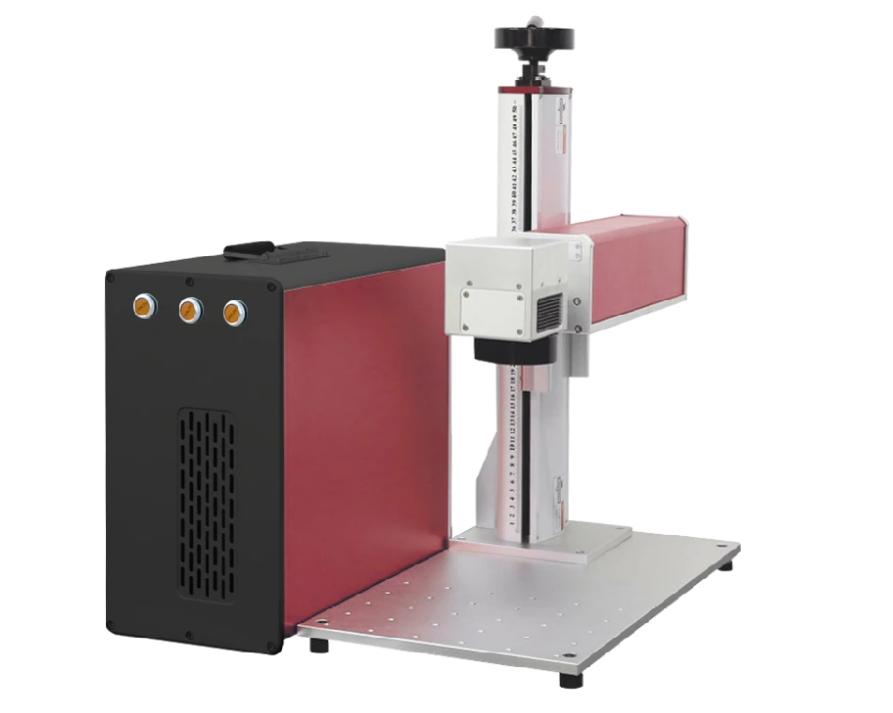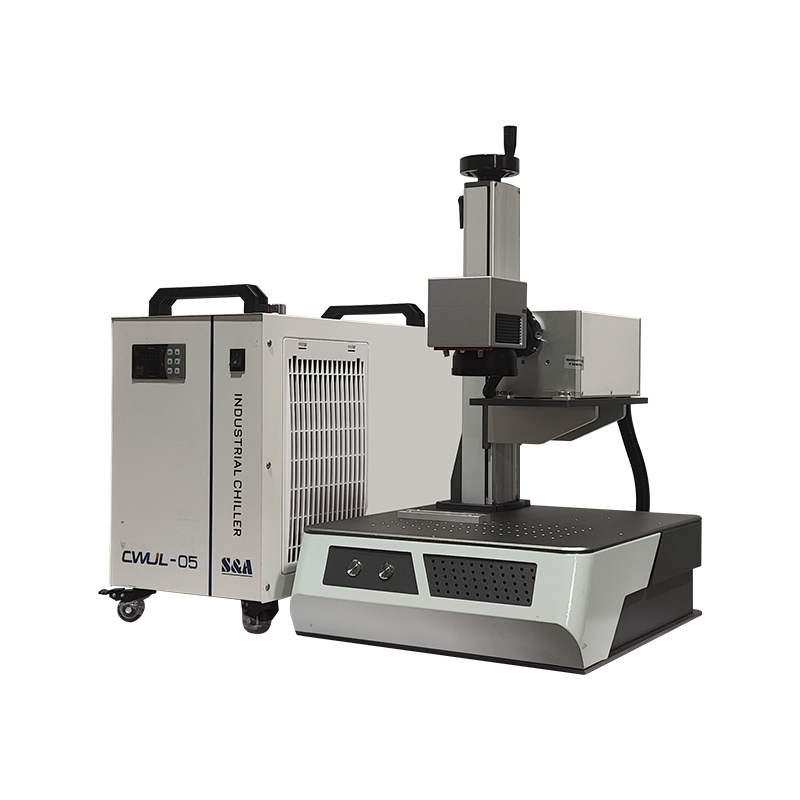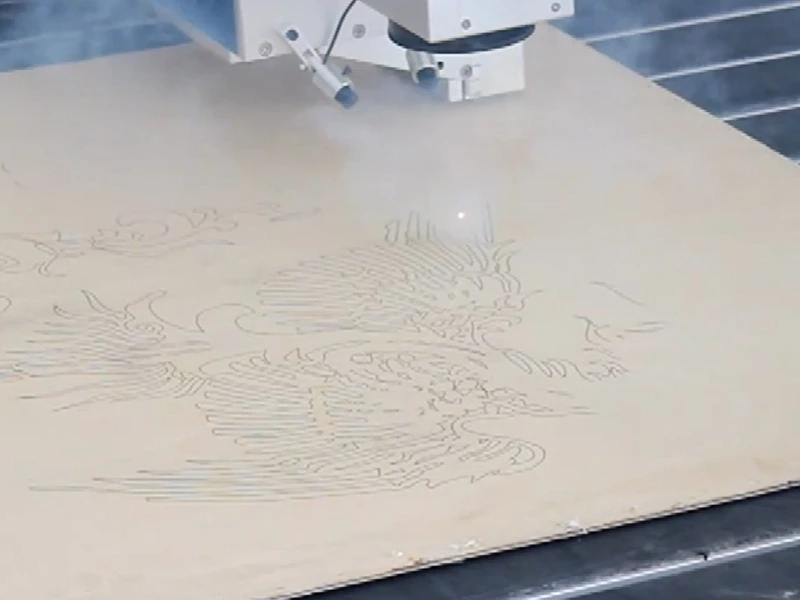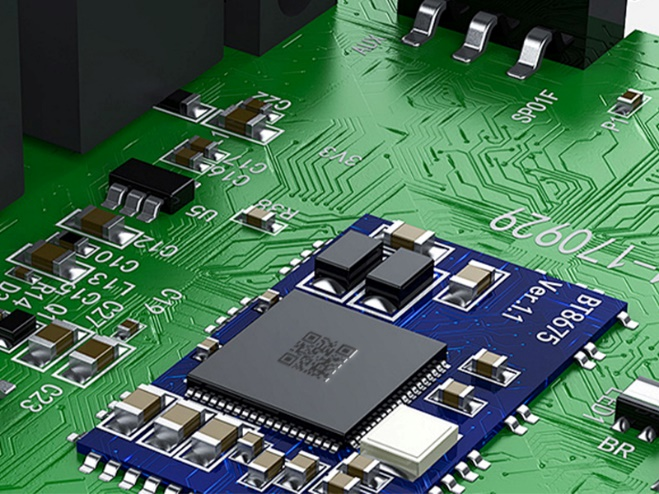From Phones to Smart Wearables: How Laser Marking Ensures the Safety of Your Electronic Products?
In our interconnected world, electronic products are indispensable, yet concerns about authenticity, quality, and traceability are paramount. A powerful solution has emerged: laser marking, acting as an “invisible ID card” for devices.
This article explores how laser marking plays an important identification role in electronic products, elaborates on its traceability mechanism in detail, focuses on its wide application in the electronics industry, and guides you on how to choose the appropriate equipment. We will explore how laser marking machines have revolutionized traditional traceability and anti-counterfeiting technologies in laptops, mobile phones, and everyday wearable devices, thereby building a safer and more transparent market.
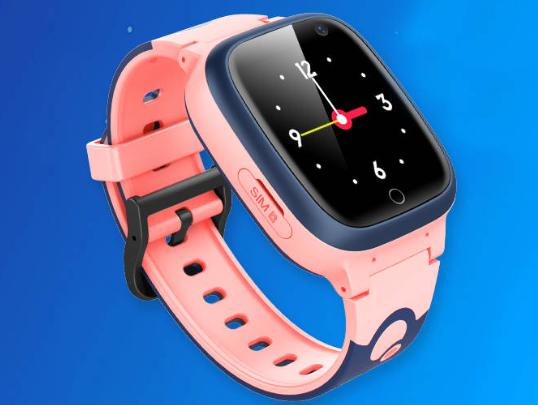
What is the “Invisible ID Card” of Electronic Products?
Every electronic device has a specific and immutable identifier: a code engraved on its surface. This shows the impact of laser marking technology within the consumer electronics sector. Unlike other traditional methods which may get worn off, scratched or damaged over time, engravings done by lasers are permanent due to their focused beams.
Barcode, QR codes, complex identifiers as well as serial numbers can be marked without direct product contact thanks to modern laser technologies. Such ‘unseen identification badges’ play an instrumental role in contemporary gadgets because they provide extensive tracking capabilities and bolster the security of the product throughout its lifecycle.
How Does Laser Marking Achieve Traceability in Consumer Electronics?
Traceability in the electronics industry refers to the ability to track products, their components and their history throughout the entire supply chain, from raw material procurement and manufacturing to distribution and end consumers. Laser marking plays a crucial role in establishing this key step because it can create unique identifiers that can be integrated with complex data management systems.
The Principle of Laser Marking: Etching Unique Identifiers
Laser marking machines use focused light beams (fiber, UV, or CO2 lasers) to create permanent marks through:
Carbonization: Dark marks on plastics via controlled burning (e.g., laptop serial numbers).
Foaming: Light-colored marks on dark polymers (common in wearables).
Ablation: Removing surface layers on metals (used for aerospace-grade aluminum phone frames).
A smartphone motherboard might carry 20+ laser-etched codes, each readable by vision systems at 500 units/minute.
Advantages of Laser Marking in Traceability
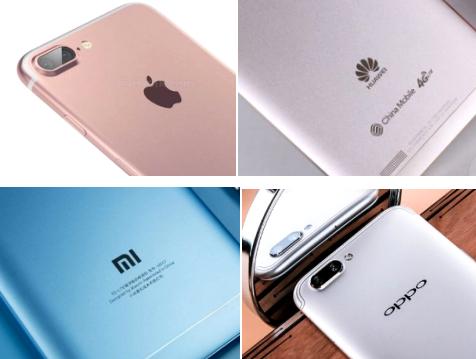
Permanence and Durability: Unlike ink printing, which can fade over time, laser markings are resistant to wear, heat, and chemicals.
High Precision: Laser technology can create intricate designs and markings as small as a few micrometers, ensuring accuracy even on compact electronic components.
Non-Contact Processing: The laser beam does not physically touch the surface, reducing the risk of mechanical damage.
Eco-Friendly: Laser marking does not require consumables such as inks or solvents, making it an environmentally sustainable option.
Enhanced Anti-Counterfeiting Measures: Laser markings are difficult to alter or replicate, helping prevent counterfeit products from entering the market.
Application Scenarios of Laser Marking Traceability in the Electronic Products Industry
Mobile Phone Industry
Mobile phones are one of the electronic products that are most frequently counterfeited. For instance, in order to combat counterfeiting, the manufacturers of iphones would use laser marking technology to engrave IMEI codes, serial numbers and brand logos on the phone casings, circuit boards and batteries. These marks help authorities and consumers verify authenticity and track the production and distribution history of mobile phones.
Smart Wearable Devices

Smartwatches, fitness trackers and wireless headphones are becoming increasingly popular. Because of their small size, these devices require ultra-precise marking without affecting the appearance. Laser marking is the preferred method for engraving QR codes, regulatory symbols and batch numbers on smart wearable devices, ensuring traceability and brand.
Other Electronic Products (Tablets, Laptops)
Laptops and tablets also use laser marking to achieve anti-theft identification, compliance and brand promotion. Manufacturers engrave serial numbers, company logos and safety labels on metal or plastic casings to ensure the legality of the products and to easily identify them in case of theft or loss.
How to Choose the Right Laser Marking Equipment?
Key Indicators
When selecting laser marking equipment for electronic products, several factors must be considered:
Material Compatibility: Different electronic devices require different materials. Common materials include plastic, aluminium, stainless steel and glass. Choosing the appropriate type of laser (fiber, CO2, or ultraviolet) that suits the material of your product can ensure the best marking quality.
Precision Requirements: Electronic products are usually small in size and require high-resolution marking with micron-level accuracy. It is precisely this feature that makes high-speed and high-precision laser systems the ideal choice for manufacturers to carry out fine engraving..
Production Capacity Needs: The speed of laser marking machines should align with the production line’s throughput to maintain efficiency.
Zixu Laser Marking Machines, Assisting Electronic Product Traceability
Zixu Laser provides tailor-made cutting-edge laser marking solutions for the consumer electronics industry. Our high-precision fiber and UV laser marking machines feature outstanding marking quality, fast processing speed and user-friendly operation experience. By integrating Zixu Laser’s advanced technology, manufacturers can enhance the traceability of your brand’s electronic products, improve anti-counterfeiting measures, and ensure compliance with industry standards at the same time.
Fiber Laser Marking Machine
UV Laser Marking Machine
Conclusion: Future-Proof Your Electronics with Laser Traceability
In an era where counterfeit electronic products pose significant risks, laser marking technology plays a vital role in ensuring product safety and authenticity. By providing permanent, high-precision markings on mobile phones, smart wearables, and laptops, laser marking enables seamless traceability across the entire product lifecycle. Choosing the right laser marking equipment, such as Zixu Laser’s solutions, empowers manufacturers to enhance security, boost brand reputation, and comply with industry regulations. As consumer electronics continue to evolve, laser marking will remain an indispensable tool in safeguarding product integrity and consumer trust.
Recommended Products

